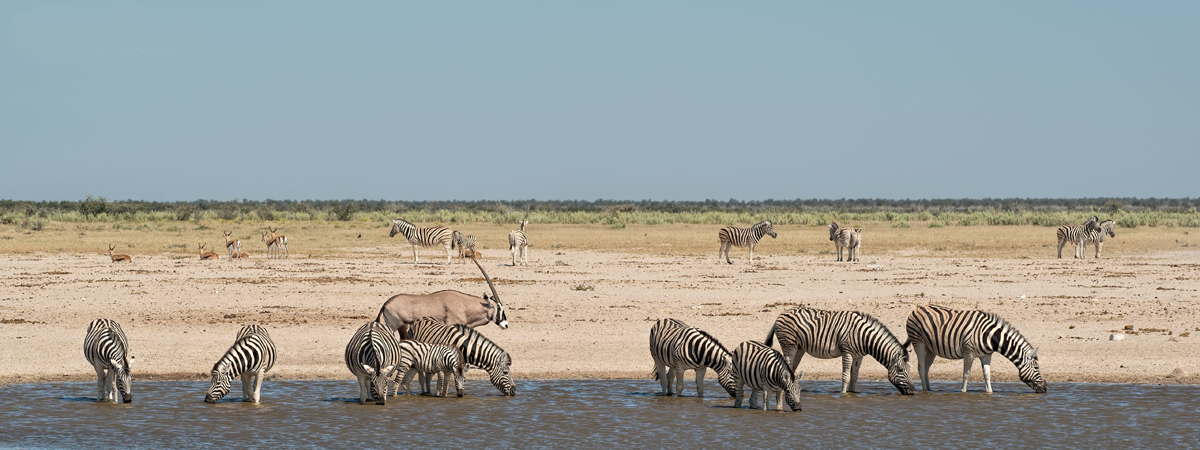With the rainy season well under way many parts of Kenya are suffering from localised flooding which is causing the usual (annual) disruption to travel plans.
Amboseli, surprisingly, is not yet one of them. A few showers have covered the dry lake bed with a carpet of bright green and, in anticipation of heavier rains to come, many animals have moved in search of higher ground. But the water level in the swamps has not yet begun to rise and they provide the only source of food for the park’s elephants.
In Garissa, to the west of Nairobi on the banks of the Tana river, flooding has already claimed lives and caused homes to be inundated. Local villagers have been warned to watch out for crocodiles and hippos coming into their homes with the flood waters.
North of Nairobi, in Samburu localised showers have turned parts of the park and its environs nicely green, though there are few tourists in residence to enjoy it.
Although the Ewaso Ngiro has plenty of water, indicating that there has been plenty of rain in catchment areas further upstream and there has been some localised flooding in the Samburu region, there is, as yet, no indication that we’ll get a repeat of the devastating floods that caused so much damage to camps and lodges in 2010 and 2011.
Just about all the Rift Valley lakes are full to the brim with some, like Lake Nakuru, considerably increased in area. Indeed all the roads around the lake shore are currently under water and the spreading lake waters are moving ever closer to the main gate. Park authorities have done an amazing job of keeping routes open to key points in the park like Baboon Cliff and MakaliaFalls in an effort to ensure LakeNakuru remains a valid tourist destination but the park’s main attraction, the massive colonies of flamingos, has departed. The lake’s waters too diluted to provide them with an adequate food supply.
Lake Bogoria, renowned for its hot springs and geysers, is almost unrecognisable. The geysers cannot force their way through the deeper waters and all one can see is bubbles breaking the surface. The swollen waters have engulfed the campsite in the south and are now getting close to the North gate.
The situation for the lakes flamingos is dire. Because much of the rise in water level is due to run off from local farms and communities the water is muddy brown in places. The opacity of the water hinders the growth of the microscopic algae that the flamingos feed on and so they struggle to find enough to eat.
Maasai Mara fares no better. Although the road is good as far as Narok, heavy rains have turned the road from there to the park into the annual quagmire that has bogged so many travellers over the years.
At the moment it is almost impossible to reach the Talek gate and only the main Sekanani Gate is open. Inside the park even 4×4 vehicles dare not venture far from the main tracks.
Little wonder that the safari industry comes to an almost complete standstill during the rains. Still, it’s a great time for planning our next safari.

